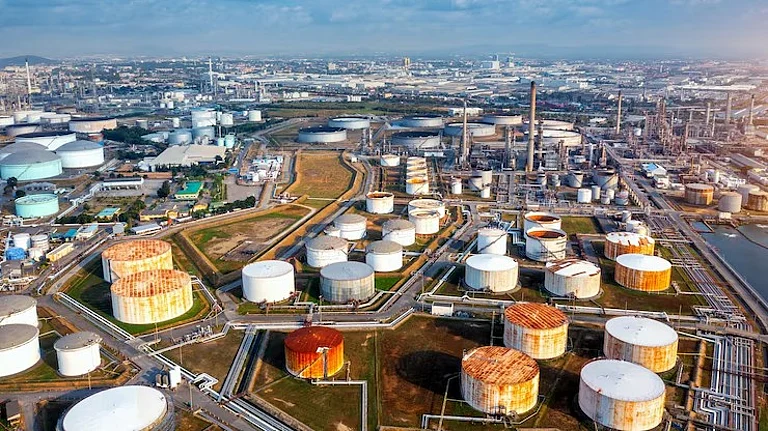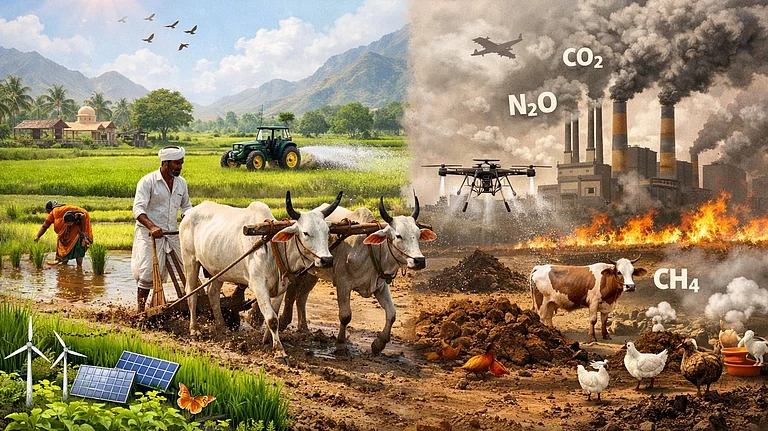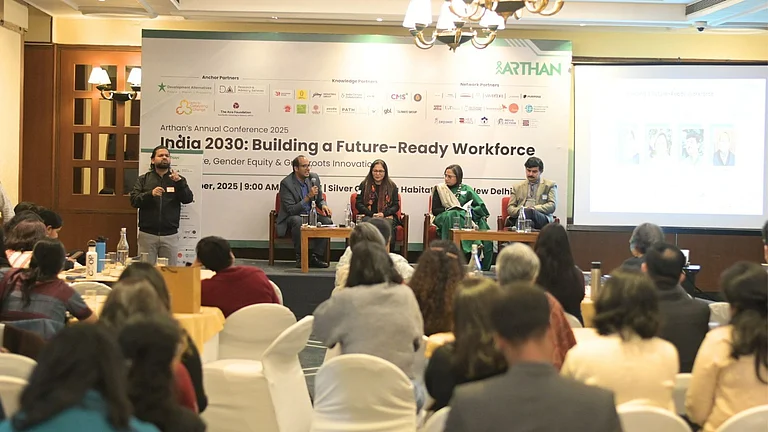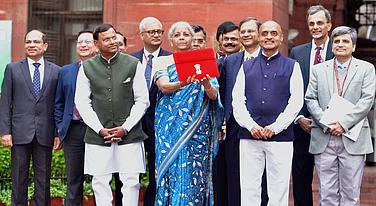The budget by the new government has aptly addressed some of the core challenges that are holding India’s growth potential. The budget’s nine priorities have rightly focused on harnessing the substantial demographic dividend that can propel the economy towards a $5 trillion mark by 2027.
With a focus on containing inflation, boosting infrastructure, and integrating women into the workforce, the budget appears comprehensive in its approach to addressing the challenges that have been highlighted before the budget.
Addressing supply-side challenges to mitigate food inflation
Inflation has been the Achilles heels and as the economic survey (released the day before the budget) underscored, the challenge is primarily food inflation.
While the RBI's stringent monetary policies have effectively curbed core inflation, food inflation has remained high exacerbated by adverse weather conditions and intermittent rains, impacting agriculture produce and prices.
Acknowledging these challenges, the Union Government has unveiled measures to address supply-side issues and vulnerabilities. Initiatives include increased investment in agricultural research aimed at developing high-yielding and climate-resilient crop varieties. Additionally, there are plans to bolster Farmer Producer Organizations, cooperatives, and start-ups in the vegetable supply chain, which has witnessed the most significant inflationary pressures among food items recently.
These measures will also help prop up demand in rural India, home to two-thirds of the nation's population and a crucial consumer base that has experienced sluggish demand growth in FY 2024. This can be attributed primarily to subdued agricultural output and the lingering effects of the pandemic. However, there are signs of a gradual recovery in rural demand trends for FMCG companies during the June quarter.
Recognizing the importance of MSMEs, nearly half of which are based in rural areas, the government has prioritized their support. This includes initiatives to enhance access to credit through collateral-free loans and the expansion of banking services through increased branch networks. These measures aim to bolster economic activities in rural regions and foster inclusive growth across the country.
Infrastructure investment to accelerate economic growth
Investments in infrastructure are recognized for their significant multiplier effect on the economy. In India, capital expenditure has a multiplier estimated at 2.45, contrasting sharply with the 0.45 multiplier associated with revenue expenditure. This highlights the effectiveness of directing funds towards capital projects, which not only generate employment, income, and asset creation but also reduce logistical costs and attract additional private investment.
In this budget, government kept the capital expenditure unchanged at 3.4 per cent of GDP but has allocated the spending strategically across various critical sectors while ensuring regional balance. Moreover, federal units have been incentivised with Rs. 1.5 lakh crore in long-term interest-free loans
to undertake infrastructure development. To encourage private sector participation, policies will support infrastructure investments through viability gap funding and favorable regulatory frameworks.
The importance of rural infrastructure is underscored by the launch of PMGSY 4.0, aimed at providing all-weather connectivity to 25,000 rural habitations. Additionally, initiatives to bolster infrastructure in flood-prone states like Assam, Uttarakhand, Bihar, and Himachal Pradesh have been announced to mitigate annual losses to lives and property.
Furthermore, development plans for tourism corridors aim to stimulate growth in the service sector and boost foreign earnings. These comprehensive efforts reflect a commitment to leveraging infrastructure development as a cornerstone for economic expansion, income and employment generation, and resilience.
Nari Shakti
Recognising the importance of women empowerment, this Government has again centred many of its announcements that boost female labour participation rate. Over the past six years, the rate has surged from 23.3 per cent in 2017-18 to 37 per cent in 2022-23, yet it is needs to improve.
Given that India boasts one of the highest percentages of female STEM graduates globally, standing at 42.7 per cent, and women's involvement in entrepreneurship has also been robust, evidenced by significant participation in initiatives such as Start-up India and Stand-Up India, measures to address their challenge as a caregiver will boost their participation in workforce and entrepreneurship even further.
In a bold move to support women across the country, the Government has allocated Rs 3 lakh crore for schemes benefiting women and girls. Initiatives include the establishment of working women's hostels and daycare centres.
Moreover, focused skilling programs tailored for women and efforts to enhance market access for women-led Self-Help Group enterprises are being prioritized. These concerted efforts will empower women as crucial contributors to India's economic advancement and societal development.
(Dr. Rumki Majumdar is an Economist at Deloitte India and Debdatta Ghatak is a Manager at the same firm.)
(Views expressed are personal.)

























